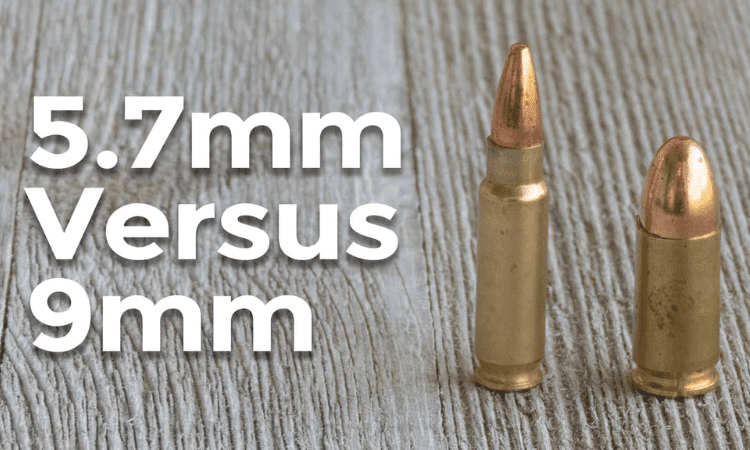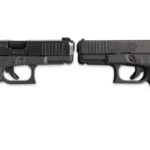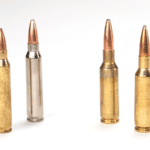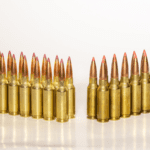Both shooting enthusiasts and proponents of self-defense have taken an interest in the debate over the 5.7x28mm and 9mm Luger (9x19mm Parabellum) cartridges. The adaptability and practical benefits of these two cartridge sizes have been cited as reasons for their appeal.
The goal of this essay is to undertake a thorough analysis of the 5.7 and 9mm cartridges, arming readers with the knowledge they need to choose the right one for their individual shooting needs.
The distinctions between 5.7mm and 9mm cartridges will be discussed in this section.
1. 5.7 vs. 9mm Cartridge Origins and Purpose
In the 1980s, FN Herstal developed the 5.7x28mm cartridge exclusively for use in their FN P90 submachine gun and FN Five-seveN pistol. The main goal of the designers was to increase the weapon’s ability to penetrate armor while preserving its low recoil and large magazine capacity.
In the world of handgun cartridges, it is common knowledge that the 9mm Luger, commonly known as the 9mm Parabellum, is incredibly popular. This specific alternative has grown significantly in popularity among both civilian users and police enforcement agencies because of its potential to offer a favorable balance between regulated recoil, ammunition capacity, and effectiveness in inflicting terminal harm.
2. Terminal Performance and Ballistics
Due to its noteworthy velocity, the 5.7x28mm cartridge has the capacity to pierce light armor. There have been concerns raised about the terminal performance of the in-issue subject despite its flatter trajectory and low recoil, particularly when employed against soft targets.
Due to its dependable terminal ballistics, the 9mm Beretta is regarded as an excellent option for self-defense. Compared to the 5.7, the bullet’s higher weight and larger caliber provide it better penetrating and stopping power.
3. Firearm Compatibility and Recoil
The 5.7x28mm cartridge, which is used by the FN Five-seveN small handgun, offers a number of benefits, mostly due to its low recoil and high rate of fire.
The 9mm has slightly more recoil than the 5.7mm, but it balances recoil, stopping power, and magazine capacity well, making it a flexible option for different sorts of handguns.
4. The Cost and Availability of Ammunition
The 5.7x28mm cartridge may have more limited availability than 9mm ammo because of its specialized nature. It’s possible that this will affect both the price and the availability.
Frequently Asked Questions
1. Can self-defense be carried out with the 5.7x28mm cartridge?
Despite having the ability to penetrate armor, concerns have been expressed about the 5.7 cartridge’s terminal performance when employed against soft targets. Many experts in the realm of personal defense advise switching to a different caliber, such as the 9mm, which has proven to be incredibly effective in terms of stopping power.
2. Is the penetration of the 5.7mm greater than that of the 9mm Luger?
The projectiles used in the 9mm Luger have greater penetration capabilities than their 5.7mm counterparts due to their increased mass and larger size.
3. Which cartridge is better for concealed carry, the 5.7mm or the 9mm?
Both alternatives are acceptable for concealed carry, but the 9mm caliber is typically more accessible, offers better terminal performance, and works with a wider variety of small-caliber guns.
4. Can conventional 9mm handguns shoot the 5.7x28mm round?
Unfortunately, it is important to remember that traditional 9mm handguns are incompatible with the 5.7x28mm cartridge. To fit the 5.7 cartridges, custom firearms are manufactured and designed particularly.
5. Is the price of ammunition taken into account while deciding between the 5.7 and 9mm?
5.7x28mm ammunition is more expensive and less readily available than standard 9mm Luger bullets. Shooters should think about aspects like cost and accessibility before making a choice.







